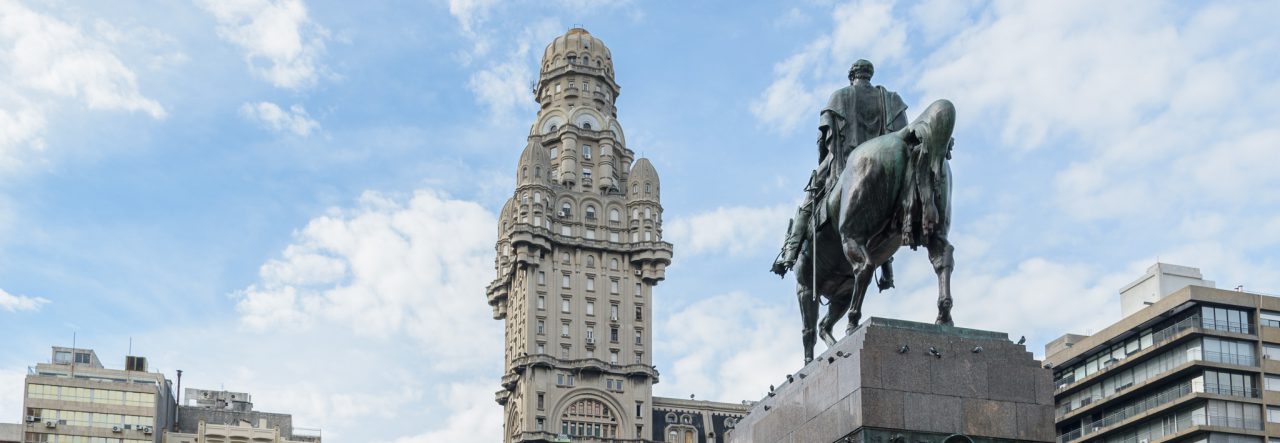Commodity prices are falling, with the exception of cereals and soy, alleviating inflation without hurting trade
Food producing countries are always confronting a difficult problem. When food commodity prices rise it produces a bonaza which spills over into other sectors. However, this increase is accompanied by a jump in the consumer price index. For example, beef is not only a export product but a crucial piece in Uruguayan’s consumption basket; it is a source of inflationary pressure.
Today’s international price trends makes us smile. Commodity prices have generally fallen but grain prices have increased significantly, as a result of the drought in the United States and difficult conditions in other grain producing countries.
Soy and wheat combined passed meat as Uruguay’s top export. Higher prices for wheat and soy has encouraged their export and offset falls in meat, wood pulp, and other raw materials that Uruguay produces. However, in contrast to other commodities soy has a much smaller role in the consumption basket of the average Uruguayan so it does not have a significant impact on the Consumer Price Index (IPC).
The recent changes in world prices have not only helped Uruguayan exports. Uruguay’s principal import is petroleum and in the last four months its price fell 24%. Although gas is a fuel controlled by the Ministry of Economy and its price in Uruguay does not reflect a fall in the international price, the decreasing world prices have allowed ANCAP to restore its balances. Those were severely reduced when ANCAP delayed raising its prices the last time world prices rose.
But that is not all. The rise in soy prices has not only benefited Uruguay but Argentina to even more of a degree and delayed, for a few months at least, the return of the economic crisis in Argentina. A good part of that country’s public finances depend on the enormous tax revenue amount of tax revenue soy exports bring in.
That is not to say that the Argentinean government’s financial problems are going to disappear, but with soy prices 21% higher than at than the end of March the authorities to postpone the outcome- at this point inevitable- of a crisis of confidence caused by the balance of payments and an fiscal deficit which is unsustainable given Argentina’s inability to access markets of credit.
This Uruguay Business Reports opinion article is a translation of an article that appeared in the Uruguayan Newspaper El Pais. Uruguayan Business Reports translation by Donovan Carberry.


 later, the Argentinean delegates in CARP put sticks in the wheel by requiring bureaucratic steps causing a new set of delays.
later, the Argentinean delegates in CARP put sticks in the wheel by requiring bureaucratic steps causing a new set of delays.